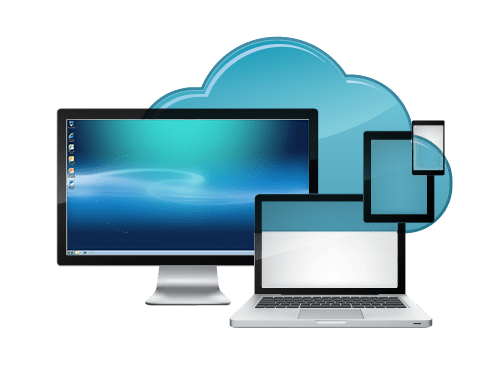Remote access used to be something only top-level employees, field staff, and freelancers worried about it. Now a large percentage of businesses remote workforce needs to be able to access critical data from offsite locations, often for long periods of time. The need for flexible work arrangements isn’t going away. It makes sense to invest in secure, streamlined remote access for employees, but what are the best options?
At Progressive IT Services, we were providing offsite access for clients way before it became mainstream. We’ve worked with most of the options available, and we’re happy to share that experience here. There are a handful of excellent solutions and many more that cause far more problems than they solve. Here are the three top ways to solve remote access headaches.
1. Migrate to the Cloud
Migrating all your business applications to the cloud is, in our opinion, one of the best ways to give stakeholders and employees access. When you migrate all your mobile, web, and desktop-based applications, everyone in your organization can access those applications at any time as long as they have an internet connection. We recommend cloud migration to solve remote access for two reasons:
Cloud storage enables the same type of disaster recovery used by enterprise companies.
Traditional disaster recovery requires physical backup storage at an off-site facility. That storage costs money, takes manual interaction, and requires maintenance. Cloud storage is on a remote, cloud-based platform that can be spread across multiple geographic locations. You don’t need a second physical site, and backups and maintenance can be automated.
Any employee can access what they need from any location.
If a team member goes on a month-long African safari and suddenly remembers she forgot to turn in part of a project, the rest of your staff doesn’t have to wait for her to get back to get what they need. If your staff needs to quarantine, go on maternity leave or temporarily relocate, you can still offer them off-site access.
Things to Consider:
Cloud migration pros- Everyone can have remote access from anywhere.
Cloud migration cons- For some businesses, the cost can be prohibitive, especially with multiple applications and servers.
2. Provide a Remote Server on Site
With this type of access, users sign in to the network and devices at your physical business location using the technology available at their location. This allows co-workers to participate in real-time sharing of files, presentations and applications, then they can also pass them on to vendors or outside contractors.
Typically when workers need that type of access, a VPN, or Virtual Private Network is the best choice. The potential problem with working off-site is that when data travels back and forth from your business location, there’s a greater potential for it to be intercepted. A VPN is basically a secure tunnel that shields your data from anyone who shouldn’t have access while it’s in transit.
Things to Consider:
Remote server pros – Your business gets seamless access for a lot of users. They have the same access and same experience whether they’re on-site or remote.
Remote server cons – This option requires on-site maintenance for equipment and backups. Sometimes gaining access presents issues that stem from on-site difficulties.
3. Use Direct Remote Access Software
Install direct remote access software to one computer at a time to be able to access anything on that computer through a separate device as long as your office machine is online. For example, let’s say you started a project at the office on Wednesday, then you found out your co-worker tested positive for COVID, now everyone has to work from home until test results come back, but that could take a few days. If you had remote access software installed and left your office computer online, you could pick up where you left off Wednesday and keep right on working.
Must-Haves:
Remote access software like GoToMyPC or Splashtop
Things to Consider:
Remote access software pros- Workers are able to get to unique on-site software and files.
Remote access software cons- Since access is at the user level, using this option involves having to manage multiple computers and devices instead of just one server
For More On Providing Secure Remote Access
It’s complicated because your business is unique, and your employees are too. Many Houston area businesses are still evaluating their options for providing off-site access. Early this year it seemed like maybe the need for it was just a temporary thing, but we’ve all started to realize business is going to require a long-term, flexible solution.
At Progressive IT Services, we work with each client to find the best option, then we work with them beyond implementation to make sure that the solution is working for them. Drop us a line today, we’ll be in touch.






